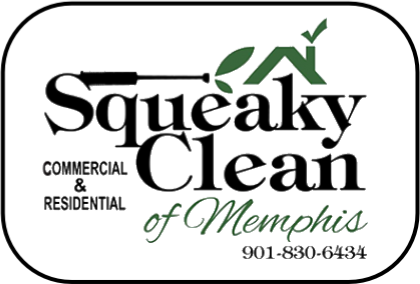Wolfchase homes sit close to busy corridors, so dust, pollen, and tire residue build up faster than you’d expect. Add shade from mature trees and regular sprinkler overspray, and you’ve got a recipe for roof streaks, dingy siding, and spotted driveways. The solution isn’t more force—it’s the right sequence, tools, and rinse plan to restore a uniform, long-lasting clean.
Start with a targeted assessment
Walk the property before any equipment comes out. Flag the worst areas: north-facing walls with mildew, shingle sections with dark bands, oil drips at the parking spot, and rust near irrigation. Note surface transitions—broom-finished concrete to stamped borders or pavers—and any expansion joints that deserve gentler edging. A quick photo set helps confirm results later and speeds HOA conversations if needed.
Roof care: treat the cause, not the shingles
Those dark roof lines are usually algae feeding on shingle filler. Manufacturer-approved, low-pressure methods treat growth at the root without lifting tabs or stripping granules. Choose a mild-wind day so application stays on the roof and off shrubs and windows. After treatment, a careful rinse of fixtures and glass prevents spotting and leaves the whole elevation looking intentional.
Siding: chemistry first, gentle rinse second
Vinyl, painted brick, and fiber-cement benefit from a calibrated soft approach. Pre-wet plants, apply the correct detergent mix, allow a short dwell, then rinse evenly using wide fan tips and consistent stand-off. Work top-down to avoid streaks under eaves. Around windows and trim, shorten dwell time and keep the wand moving to protect paint and caulk lines.
Concrete and high-traffic walks: uniform beats “wand art”
Driveways and sidewalks collect oil, rubber shadowing, leaf tannins, and a film of road dust from Germantown Parkway. Pre-treat stains first; then use a surface cleaner for overlapping passes that dry to a consistent tone in daylight. Keep PSI within safe limits for residential slabs. At stamped borders or paver transitions, reduce force and lift slightly to protect color and joint sand.
Edge work, joints, and curb appeal
Edges sell the clean. Swap to a controlled wand for borders along turf, steps, and garage thresholds. Hold a steady distance over expansion joints to avoid grooves. Rinse house-to-street and guide water toward drains, not into beds or back across the driveway. A final look from curb height catches swirl marks, tiger striping on gutters, or missed spots near downspouts.
Plant and property protection
Wolfchase landscaping deserves as much care as the surfaces you’re refreshing. Shield delicate shrubs, pre-wet beds, and neutralize where appropriate before your final rinse. Keep solutions away from unsealed wood, aging outlets, and door thresholds. If sprinklers leave orange halos on concrete, use the correct chemistry—never more force—to lift the stain.
Timing for best results
Spring clears winter film before pollen peaks. Fall resets surfaces ahead of cooler, wetter weeks. If you’re hosting or listing, schedule a few dry days so slabs fully cure after cleaning; build in extra time if re-sanding pavers or applying a breathable sealer.
What a professional visit includes
Expect a written scope, stain-specific pre-treatments, plant-safe practices, surface cleaners for uniformity, careful edge work, and tidy water management. The walkthrough should confirm clean gutter faces, safer traction on steps, an even driveway tone, and spotless glass and fixtures.
Want your Wolfchase exterior to look freshly detailed from roofline to curb?
Book Squeaky Clean of Memphis for expert pressure washing that restores roofs, siding, and concrete with proven, plant-safe methods. Keep the momentum with our next local guide: Cordova Countrywood: Vinyl Siding Pressure Washing Done Right.
